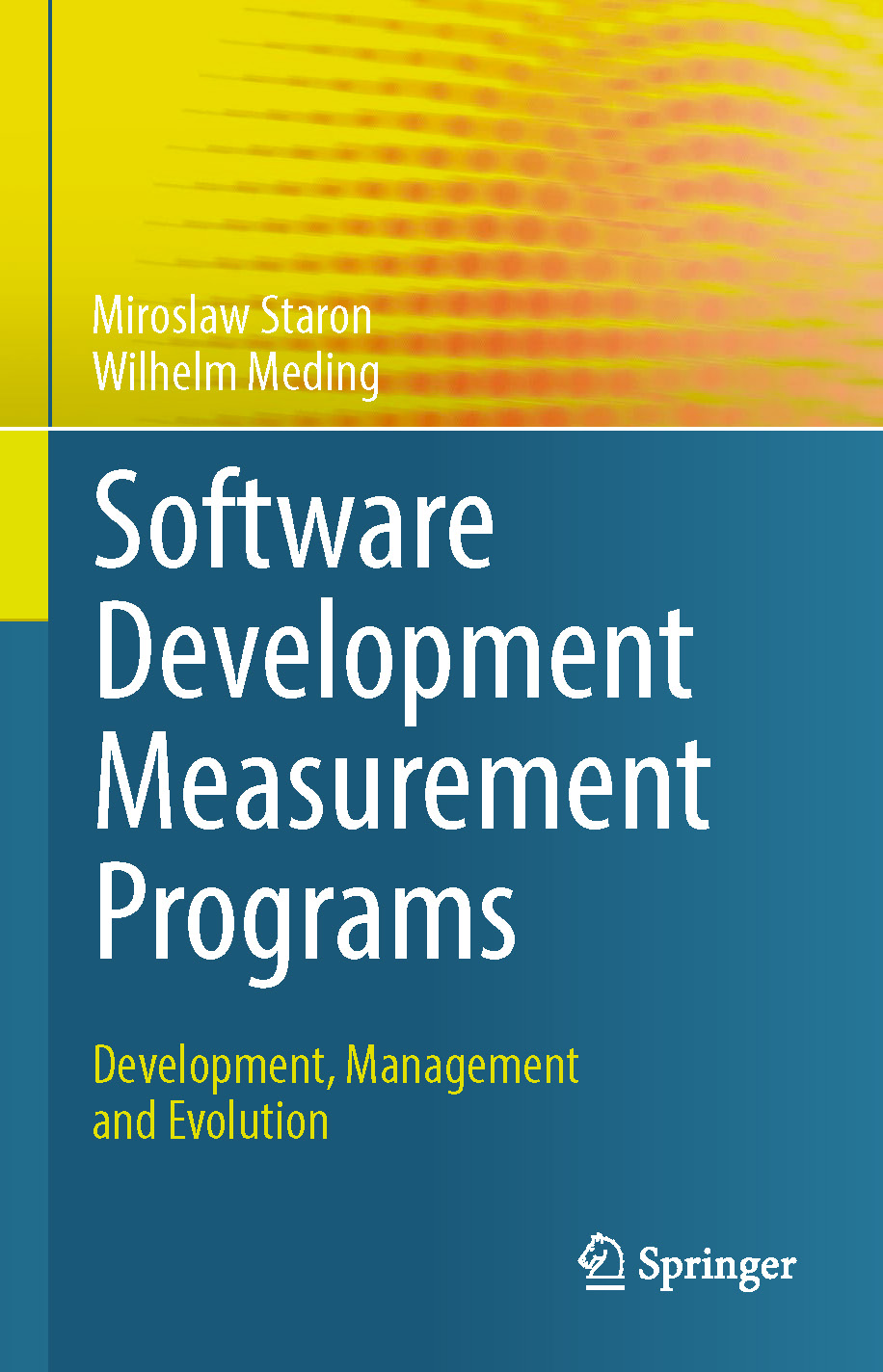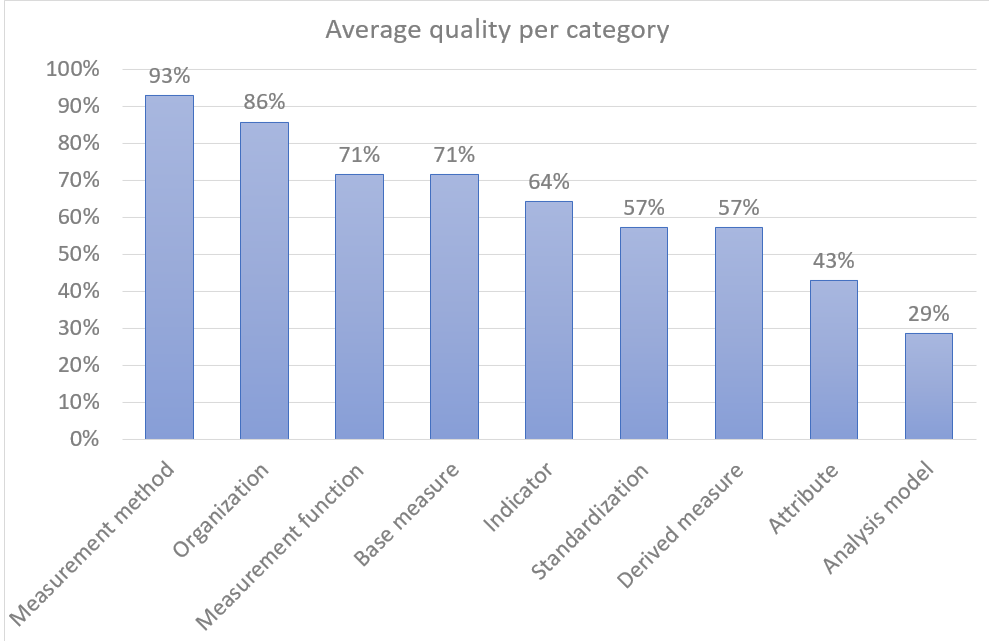I’ve talked about software analytics in the previous post, in particular the latest issue of IEEE Software. In this post, let me introduce an interesting book for software engineers and software engineering scientists interested in software analytics: Bird, C., Menzies, T., & Zimmermann, T. (Eds.). (2015). The Art and Science of Analyzing Software Data. Elsevier.
After reading a few chapters, one conclusion emerged – the fact that modern software analytics is not about algorithms, it’s about data and its collection. It’s about measurement, quantification and metrics. Even the analysis of qualitative data is often done using measurements in order to speed it up.
Harvard Business Review claimed that “Big Data is Not the New Oil” as there are fundamental differences between the scarce fossil fuel and abundant data from software project (https://hbr.org/2012/11/data-humans-and-the-new-oil). However, even though data is not scarce, I believe that it will fuel the software industry for at least one more decade.
Therefore, we still need to teach our students how to work with data, how to collect and analyse it, and how to assess its value. We also need to understand how to monetise the data.


